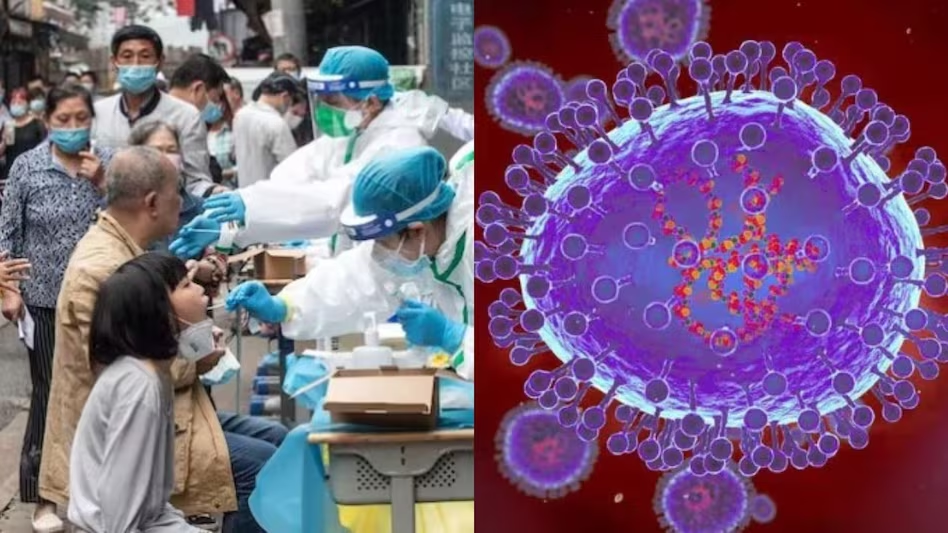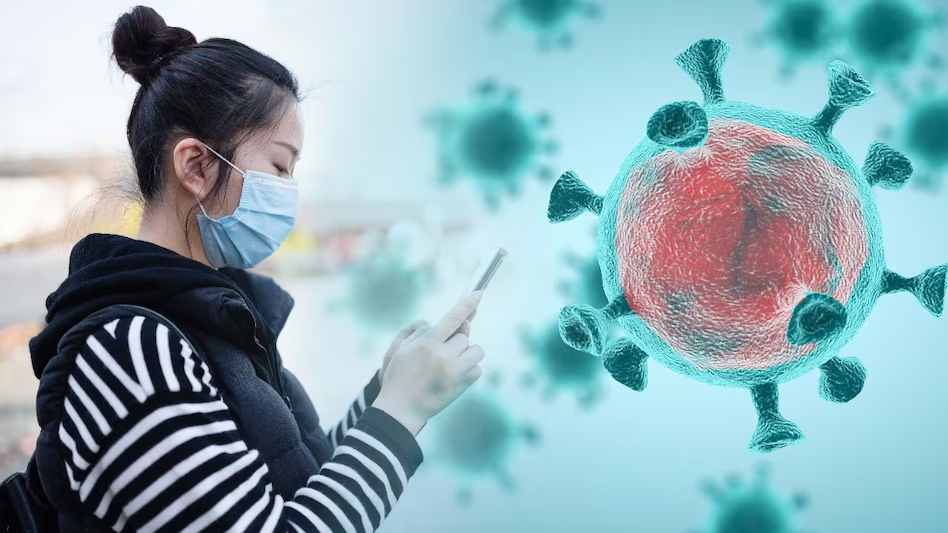Another Virus Spreading in China? This Time, It’s HMPV. Could It Be the Next Pandemic?
Remember when the coronavirus first appeared on the news? Most of us thought, “It’s probably not a big deal.” Fast forward, and the world turned upside down. So now, when we hear about “a new virus spreading in China,” it’s hard not to feel a sense of déjà vu or even mild panic.
This time, the virus making headlines is Human Metapneumovirus (HMPV). While respiratory illnesses tend to rise during the winter months, what’s unusual is how quickly this particular virus is spreading across northern China. It’s raising questions and concerns: Is this something to worry about, or just another seasonal spike in illnesses?
To make things more complicated, China’s Lunar New Year celebrations (Spring Festival) are underway. With millions of people traveling across the country and internationally, the risk of the virus spreading further is higher than ever. Could this trigger a significant outbreak? Let’s break it down.

Table of Contents
What Is HMPV?
HMPV isn’t exactly new—it was first discovered in 2001 by scientists in the Netherlands. They found it in 28 children who were experiencing respiratory symptoms. Later studies revealed that this virus has likely been circulating in humans for centuries.
HMPV is part of the same family as the Respiratory Syncytial Virus (RSV), and the two share a lot of similarities. HMPV typically infects the upper respiratory tract (like your nose and throat) and sometimes the lower respiratory tract (lungs and bronchi).
Common symptoms include coughing, fever, nasal congestion, runny nose, and a sore throat. Most cases are mild, and the virus clears up on its own. However, in people with weaker immune systems—like infants, the elderly, or those with chronic illnesses—it can lead to serious complications, such as pneumonia or bronchitis.
What makes HMPV different from something like COVID-19 is that most people have already encountered it at some point in their lives. The problem is that our immunity to the virus isn’t permanent, so reinfections can happen—especially for vulnerable groups.

Why Is HMPV Making Headlines Now?
So, why all the attention? There are a few reasons.
First, HMPV cases are rising sharply in northern China, and unlike what we typically see, young adults seem to be getting infected more often. This could be a normal seasonal spike, but the fact that rhinovirus and other respiratory viruses are also increasing simultaneously suggests something more complex is happening.
Second, China’s Spring Festival is in full swing. During this time, hundreds of millions of people travel—both domestically and internationally. This creates the perfect storm for viruses like HMPV to spread rapidly and reach new regions.
Lastly, there’s a lack of transparency from Chinese health authorities. Detailed information on the number of cases, severity, and mortality rates isn’t being released, making it hard to know how serious the situation truly is. Without clear data, global concern naturally increases.

How Does HMPV Spread, and Who’s at Risk?
HMPV spreads easily from person to person, primarily through respiratory droplets when someone coughs or sneezes. It can also spread via contaminated surfaces, like door handles or shared items, if you touch your mouth, nose, or eyes after exposure.
Unlike COVID-19, HMPV doesn’t seem to spread through long-range airborne particles, but it can still move quickly in crowded indoor spaces—especially in winter.
Those most at risk of severe outcomes are infants, the elderly, and people with weakened immune systems. For them, the virus can lead to complications like severe pneumonia and may require hospitalization.

How Is HMPV Treated, and Can It Be Prevented?
Currently, there are no specific antiviral treatments or vaccines for HMPV. Most cases are mild and can be managed at home with plenty of rest and hydration.
In severe cases, such as when pneumonia develops, hospitalization may be necessary. Doctors might provide oxygen therapy, prescribe antibiotics to prevent secondary bacterial infections, or administer supportive treatments to help patients recover.
Here’s how to protect yourself and others:
- Wash your hands frequently: Use soap and water for at least 20 seconds, especially after being in public spaces.
- Wear a mask: Particularly in crowded or poorly ventilated areas.
- Practice cough etiquette: Cover your mouth and nose with your elbow or a tissue when coughing or sneezing.
- Clean and disinfect surfaces: Pay attention to frequently touched objects like smartphones, doorknobs, and tabletops.
- Stay home if you’re feeling sick: Avoid contact with others if you suspect you’re infected.
These precautions are especially important for households with young children or elderly members who are more vulnerable to severe illness.

Could HMPV Become the Next Pandemic?
While HMPV has never caused a pandemic, experts are keeping a close eye on the current situation in China. They believe the surge is likely part of the usual seasonal trend. However, the combination of massive holiday travel and the lack of clear data makes it hard to rule out larger outbreaks entirely.
On the bright side, scientists are optimistic about the development of an HMPV vaccine. Using technology developed for RSV vaccines, researchers believe an effective HMPV vaccine could be available within a few years.
Conclusion: Living with HMPV
HMPV is not a new threat, and it’s unlikely to cause a global crisis like COVID-19. But that doesn’t mean we should ignore it. Staying informed, practicing good hygiene, and protecting vulnerable individuals are essential steps in managing this virus—and others like it.
Respiratory viruses like HMPV are expected to make regular appearances every winter. By being prepared and taking proactive steps, we can protect ourselves and our loved ones from severe illness.

Dr. Coucou Vitamine💊

HMPV has been around for centuries. It’s not as alarming as a novel coronavirus, but we shouldn’t underestimate it either. Simple habits like washing your hands, wearing a mask, and disinfecting surfaces can significantly reduce your risk of infection.
Stay informed without panicking. The key is understanding the facts and taking small, consistent actions to stay healthy. Protect yourself and your loved ones by living proactively—and don’t forget to take care of your immune system!



